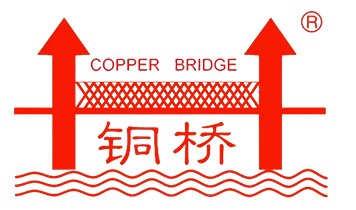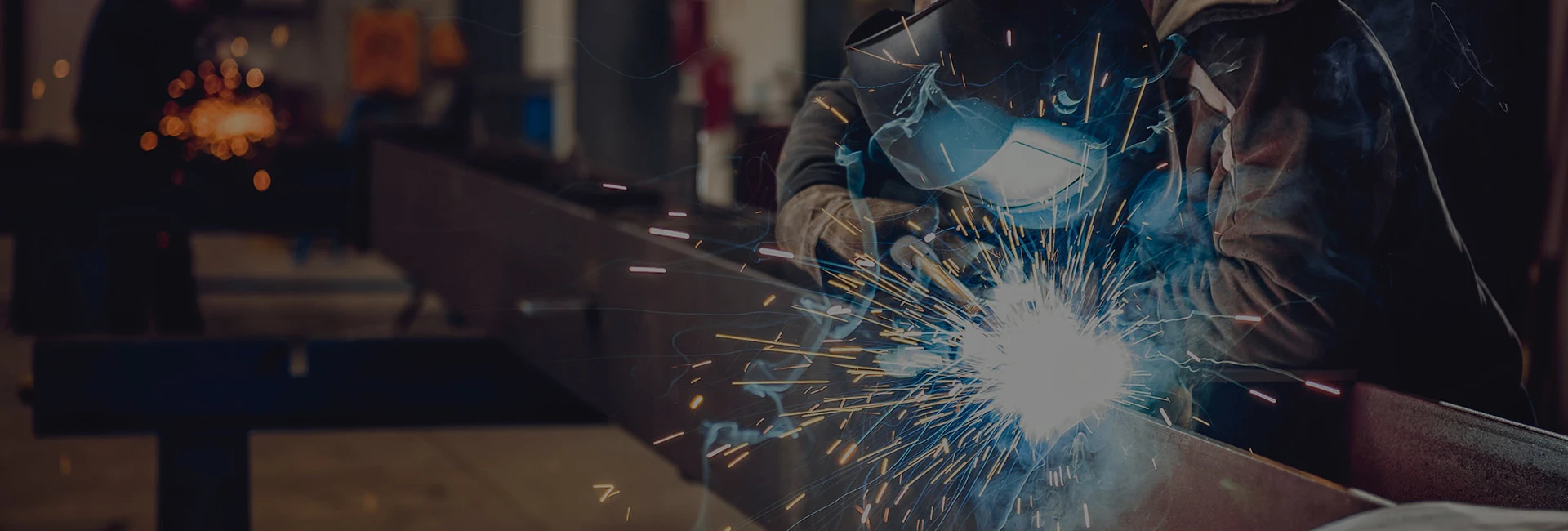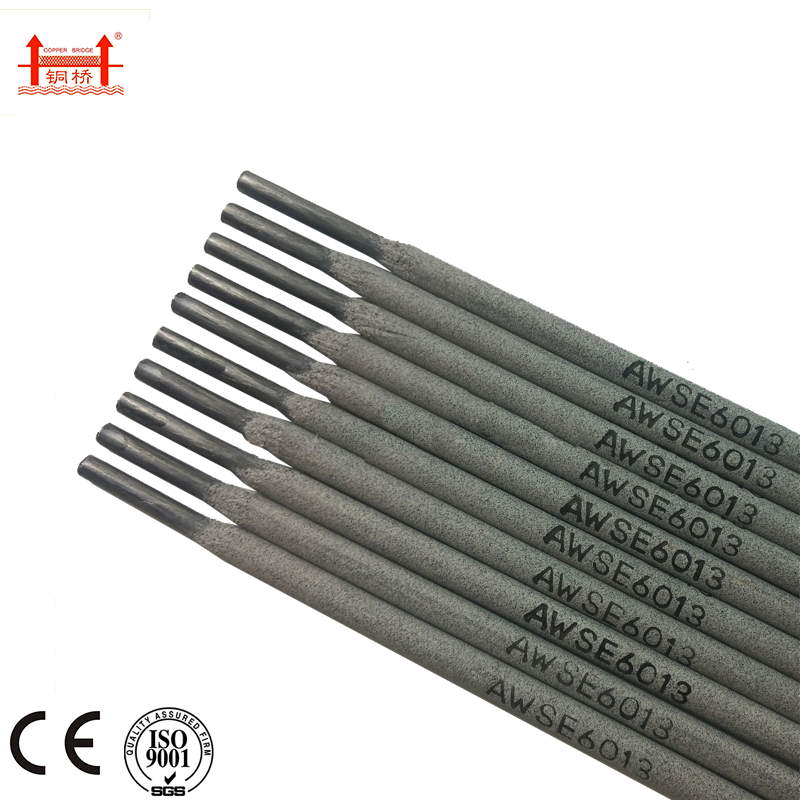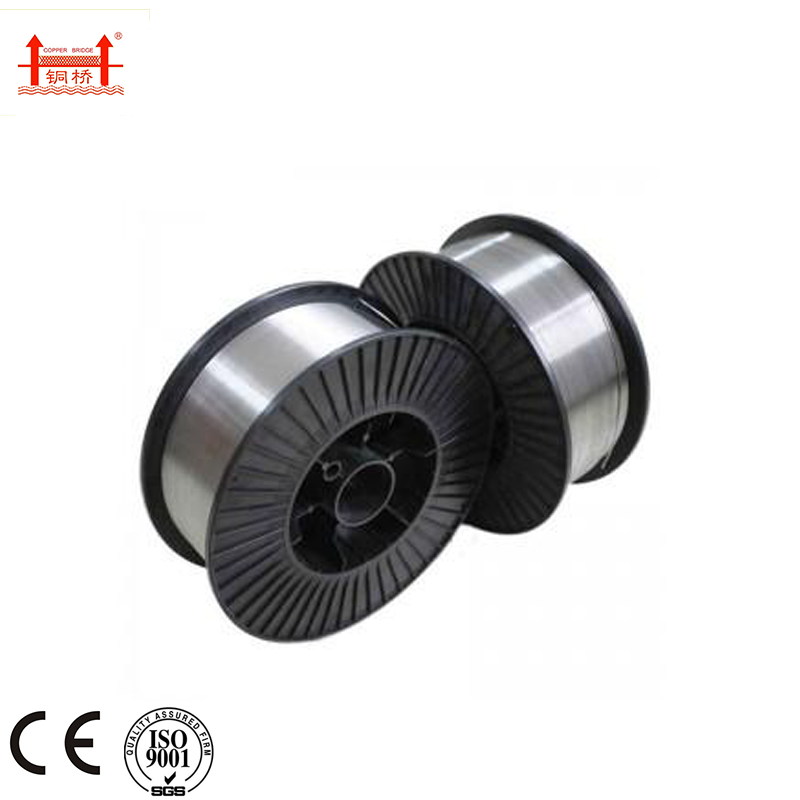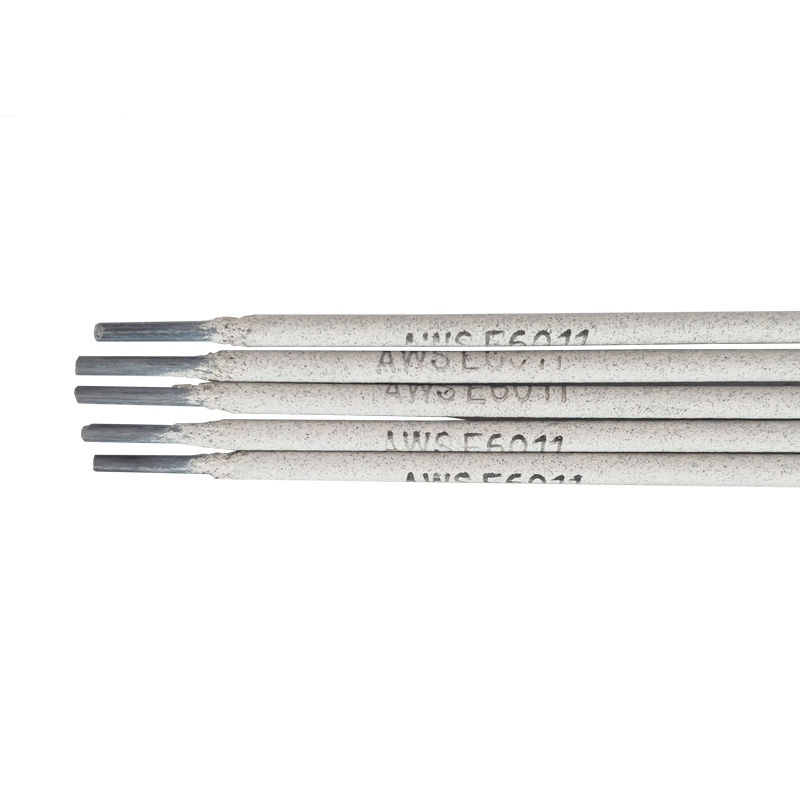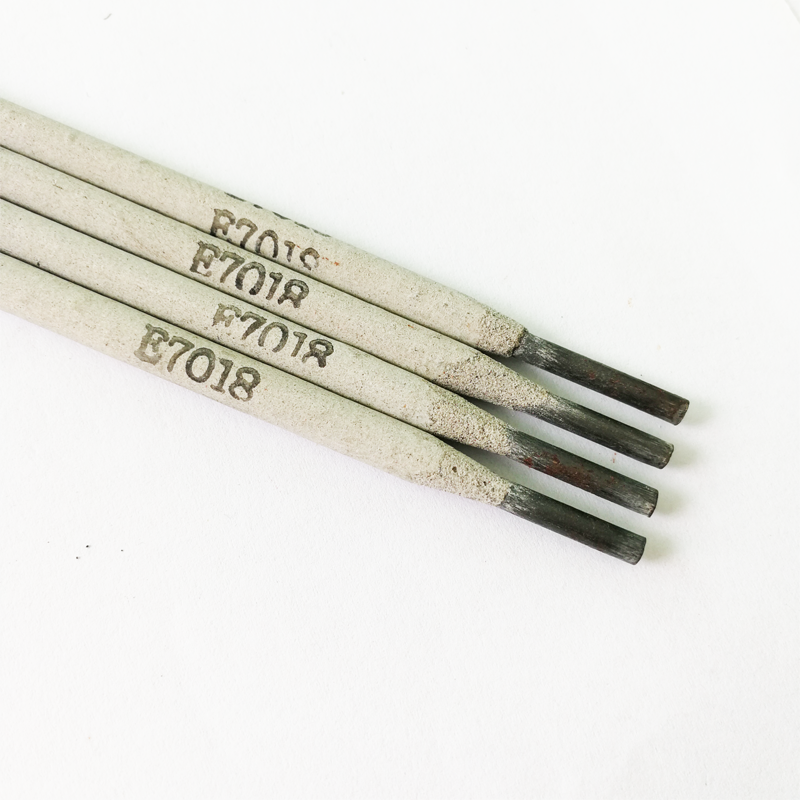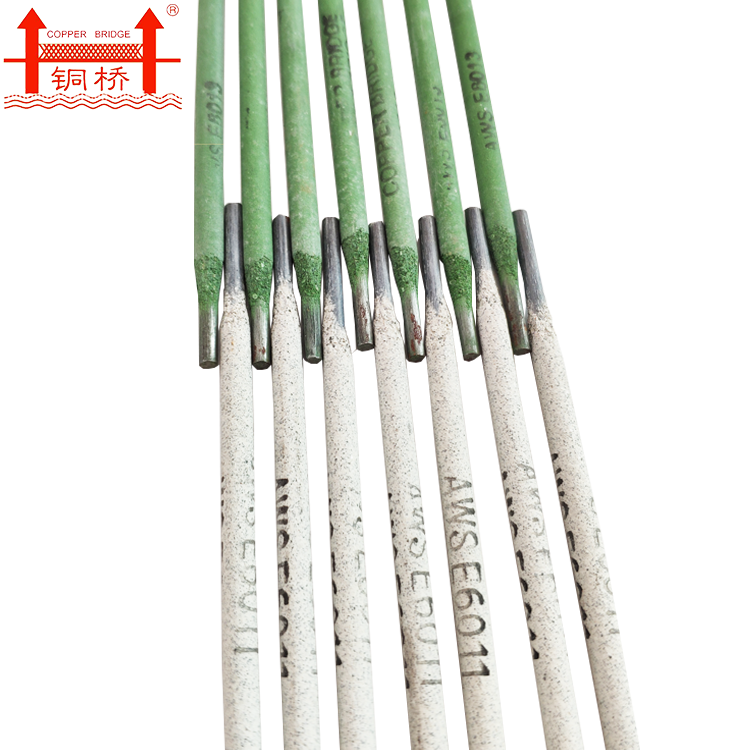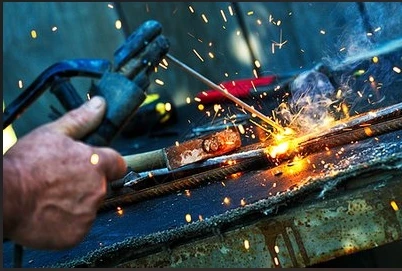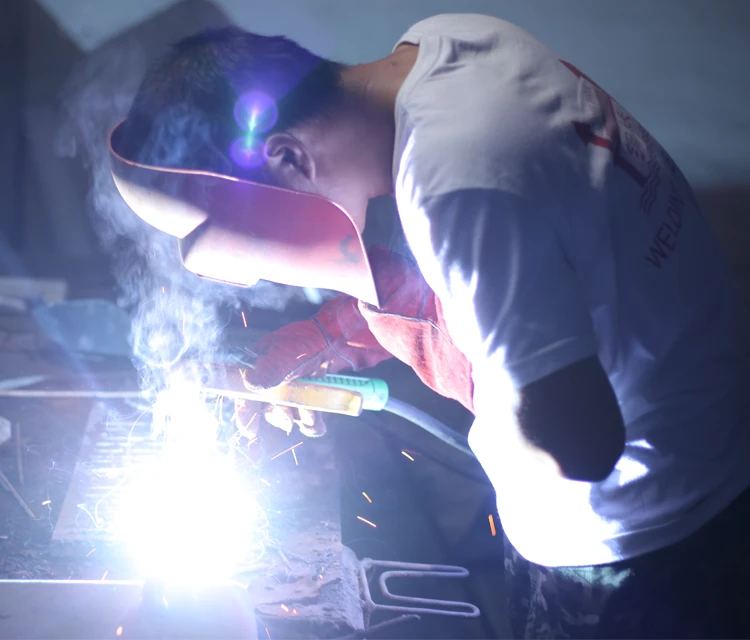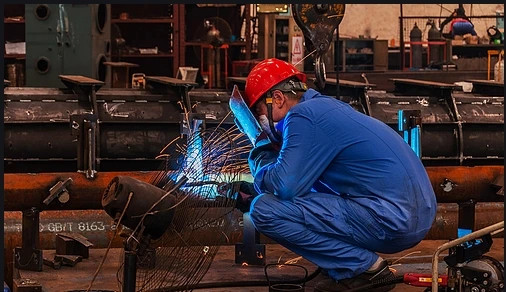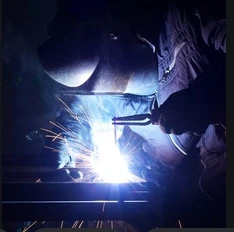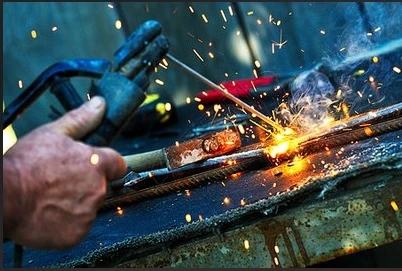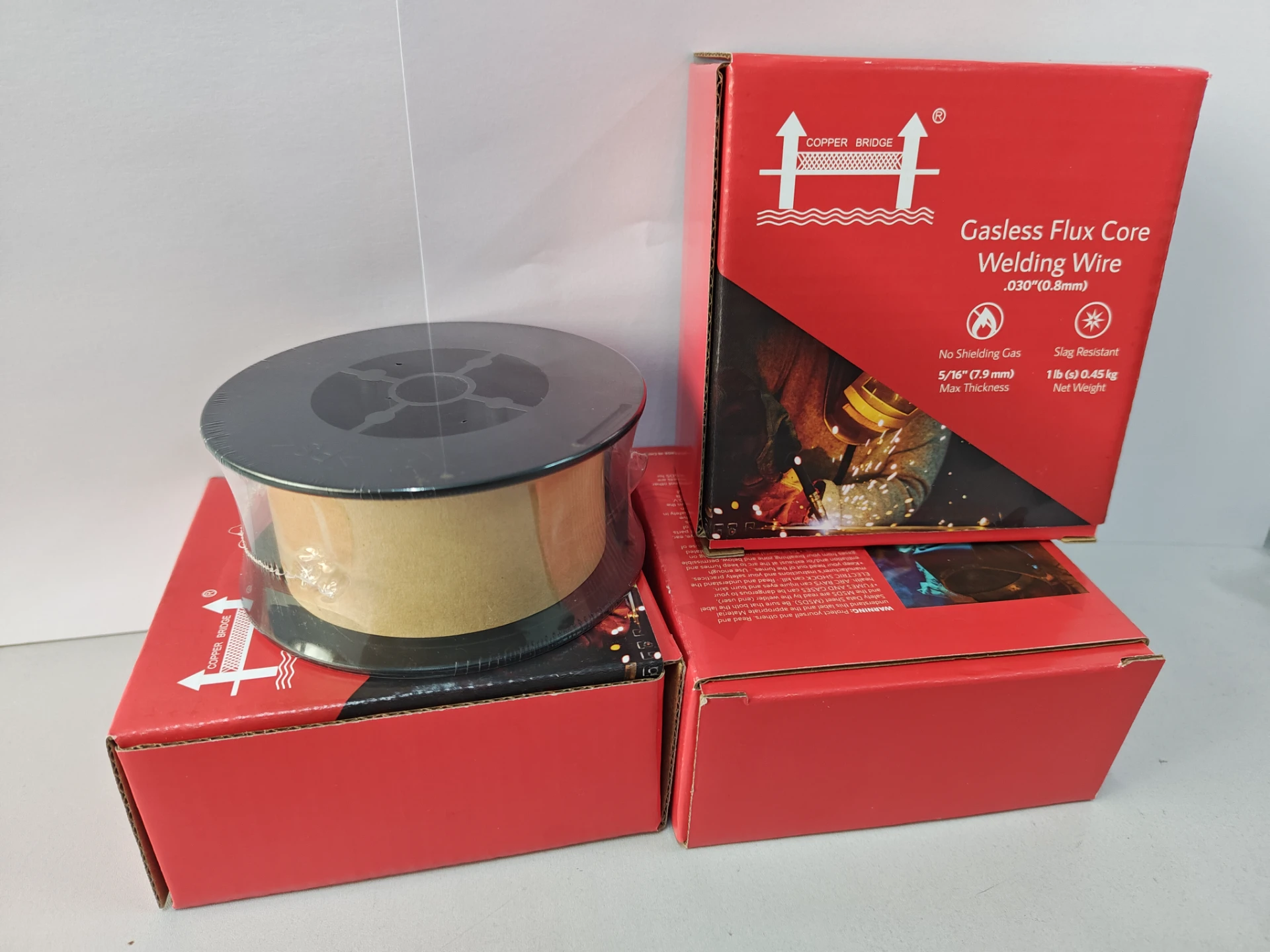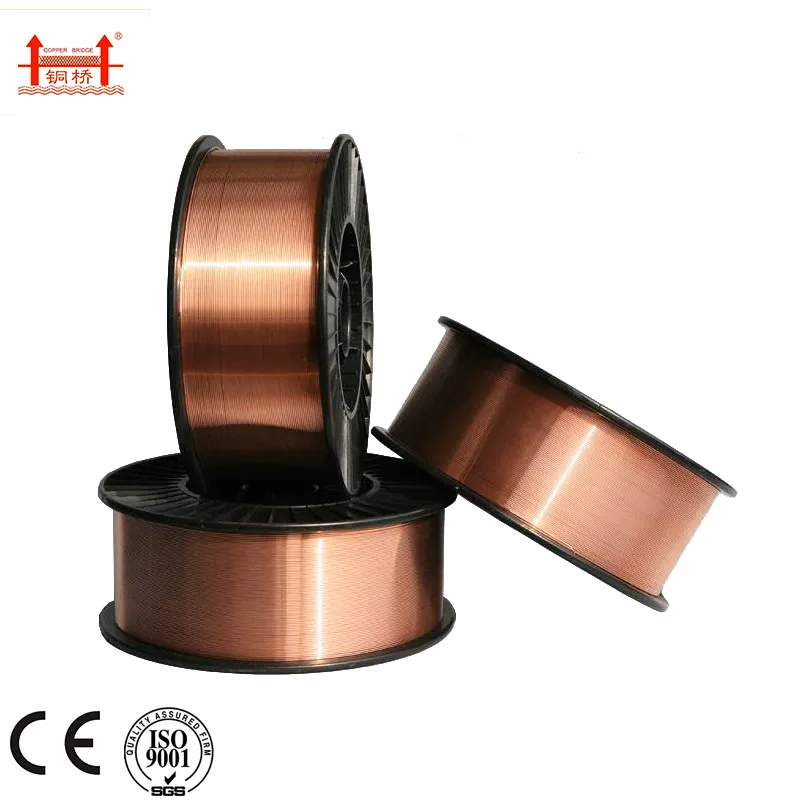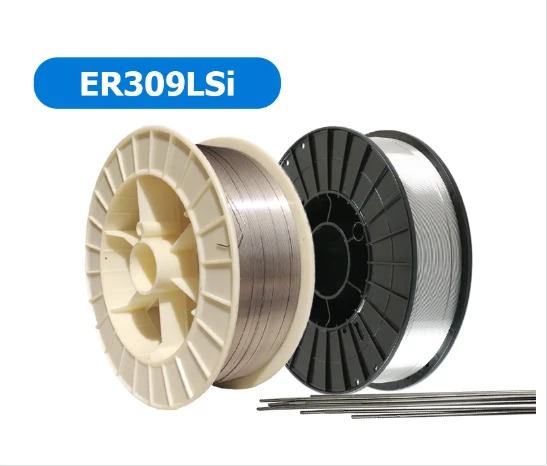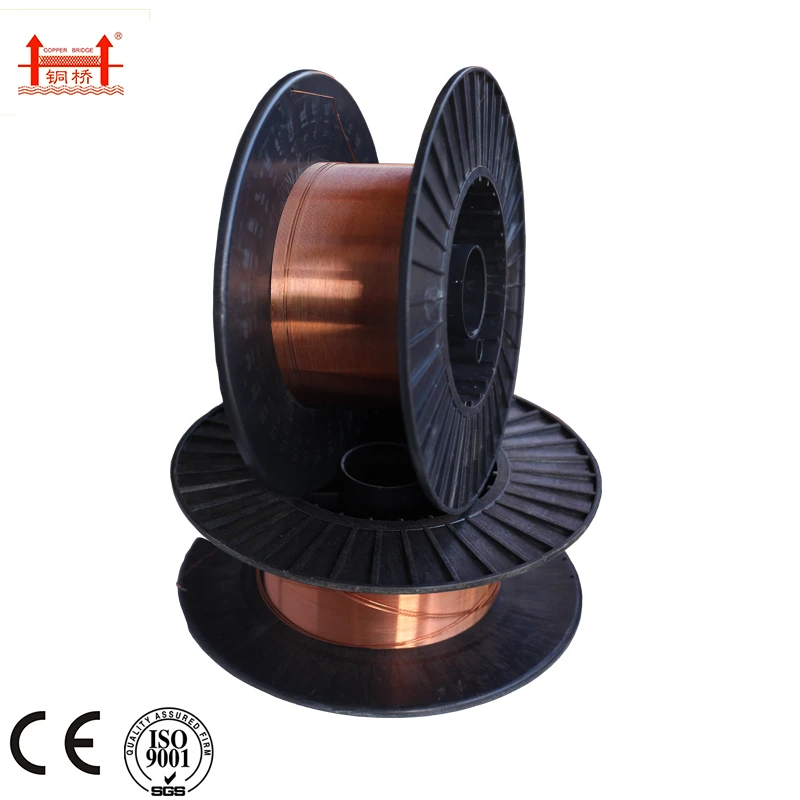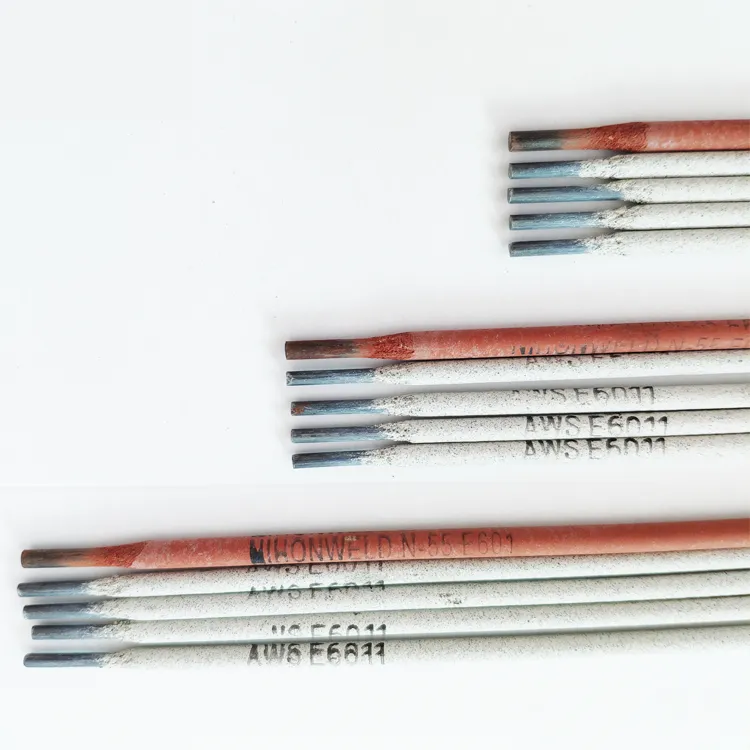Premium Argon Arc Welding Wire | High-Quality & Reliable
Ago . 05, 2025 12:00
Argon arc welding wire is transforming modern fabrication and repair processes with reliability, superior arc stability, and inter-metallic strength. This in-depth guide explores the principal characteristics, application scenarios, technical parameters, and competitive advantages of high-performance wires—focusing on Aluminum Magnesium 5356 Aluminum Alloy Argon Arc Welding Wire—backed by real data, industry trends, and professional know-how.
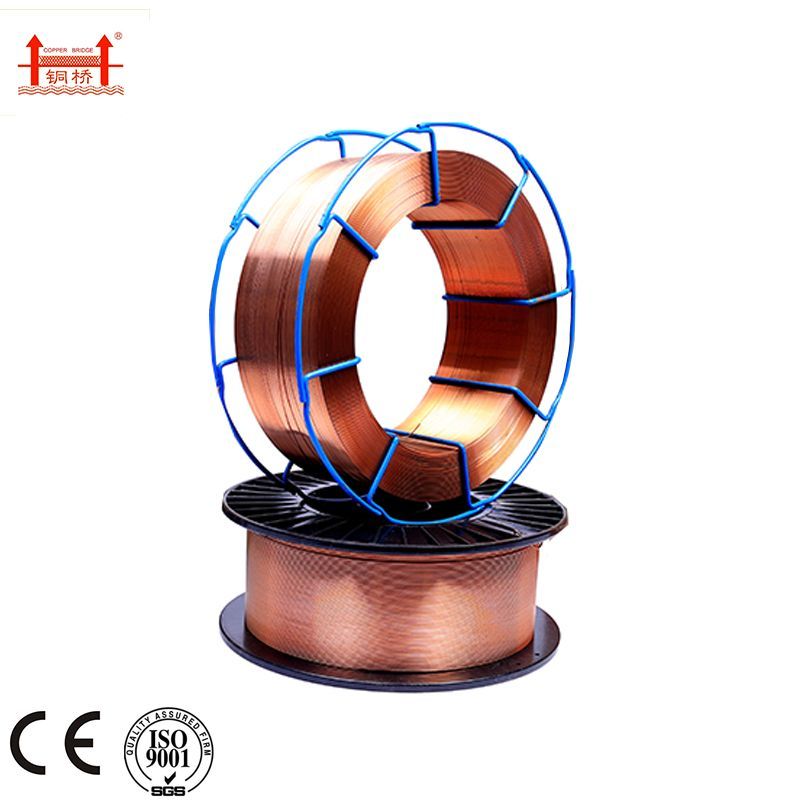
1. Industry Trends & Market Overview
The worldwide argon arc welding wire market is projected to reach $7.6 billion by 2027 (MarketsandMarkets), growing at 6.2% CAGR. Demand is fueled by expanding applications in petrochemical, shipbuilding, automotive, and water infrastructure. Key trends include:
- Adoption of high-purity alloy wires for enhanced joint integrity and corrosion resistance
- Automation in welding lines for improved repeatability and throughput
- Intense focus on standards (ISO 14343, AWS A5.10, ANSI) and sustainability
- Rise of aluminum-alloy solutions for light weighting and anti-corrosion requirements
2. Technical Parameters: Argon Arc Welding Wire Comparative Table
| Parameter | MIG Welding | Arc Welding (SMAW) | TIG Welding | Aluminum 5356 Argon Arc Welding Wire |
|---|---|---|---|---|
| Shielding Gas | Argon / CO2 | No (coated electrode) | Argon | Pure Argon |
| Wire Composition | Steel/Aluminum alloys | Flux-coated rod | Pure/filler rod | Al-Mg (5% Mg; ER5356) |
| Typical Diameter | 0.8–1.6 mm | 2.5–4 mm (rod) | 1.6–3.2 mm | 0.8–1.6 mm |
| Deposition Rate | 8–11 g/min | 2–6 g/min | 2–7 g/min | 8–10 g/min |
| Corrosion Resistance | Good | Moderate | Excellent | Excellent |
| Typical Application | General fabrication, automotive | Construction, repair | Precision, aerospace | Marine, Bridges, Pipeline |
| Standard Compliance | AWS A5.18, ISO 14341 | AWS A5.1, ISO 2560 | AWS A5.18, ISO 636 | AWS A5.10, ISO 18273 |
3. Why Is Argon Used in Arc Welding?
Argon, a noble gas, is inert and chemically stable. Its use in argon arc welding wire applications delivers essential advantages:
- Excellent Shielding: Prevents oxidation, nitrogen and hydrogen absorption
- Better Arc Stability: Produces smooth, spatter-free welds
- Versatility: Suitable for aluminum, magnesium, stainless, and other reactive metals
- Cleaner Weld Pool: Yields slag-free, visually appealing joints
This deepens joint integrity, increases mechanical properties, and is mandated in key codes like ISO 14343 and AWS A5.10 for aluminum wire applications.
4. The Manufacturing Process of Argon Arc Welding Wire
Pure aluminum ingots and magnesium alloy (99.9%) sourced; compliant with ISO 18273/AWS standards.
Induction furnace melts the batch; alloy elements are analyzed and adjusted for strict composition control.
The alloy is cast into rods/billets for minimal segregation and optimized grain structure.
Billets are hot-rolled, then drawn into precision-sized wires (0.8–1.6mm), with CNC calibrations for consistency.
Anodizing & cleaning processes remove impurities, ensuring high-purity conductor surfaces.
Testing per ISO/AWS (tensile, elongation, chemical); packaging is customized to prevent oxidation.
Each step meets ANSI, AWS, or ISO standards to guarantee quality and traceability.
5. Detailed Technical Specifications: Aluminum Magnesium 5356 Wire
| Spec | Value |
|---|---|
| Standard | AWS A5.10 ER5356, ISO 18273 |
| Main Alloy Elements | Aluminum (Rem), Magnesium (4.5–5.5%), Manganese (0.05–0.20%), Chromium (0.05–0.20%) |
| Wire Diameter | 0.8mm, 1.0mm, 1.2mm, 1.6mm |
| Tensile Strength (MPa) | ≥ 290 |
| Elongation (%) | ≥ 18 |
| Melting Point (℃) | 588–650 |
| Corrosion Resistance | Excellent (Sea water/Chloride) |
6. Application Scenarios & Case Advantages
- Petrochemical Plant Pipeline Welding: High resistance to chloride-induced corrosion, ensuring >25 years lifetime (ref: ISO 14343)
- Shipbuilding & Offshore Structures: Meets DNV, ABS class standards. 5356 alloy is preferred due to seawater durability.
- Automotive/EV Battery Tray: Exceptional mechanical strength for crash-relevant parts, validated by OEMs like BYD, Geely.
- Municipal Water Infrastructure: Ensures leak-tight, anti-rust joints for long-term buried pipelines.
- Defense/Aerospace Components: Used where low weight, non-magnetic, and high toughness are vital (e.g., satellite shells).
 Case Study: Offshore Oil Platform – North Sea
Case Study: Offshore Oil Platform – North SeaOver 12 km of 5356 argon arc welding wire were used for structural and pipeline welds, passing NDT (X-ray, dye penetration) at a 99.3% first-time success rate. The platform saw a 28% reduction in maintenance costs thanks to outstanding corrosion defense and minimum downtimes.
7. Technology Advantages: Arc vs. MIG vs. TIG vs. CO2 Welding
| Parameter | Arc Welding | MIG Welding | TIG Welding | CO2 Welding | Argon Arc (5356) |
|---|---|---|---|---|---|
| Weld Speed | Slow-Moderate | Fast | Slow | Faster | Fast |
| Heat Input | High | Moderate | Low | Moderate/High | Moderate |
| Precision | Low-Medium | Medium | High | Medium | High |
| Spatter | High | Medium | Low | High | Low |
| Corrosion Resistance | Moderate | Good | Excellent | Fair | Excellent |
| Ease of Automation | Low | High | Medium | High | High |
| Industry Adoption | Repair/Field Work | Mass Production | Aerospace, Precise | Automotive Frames | Marine, Bridges, Water Lines |
8. Manufacturer Comparison: Why Choose Jinlong?
| Brand | Country | Main Product | Certifications | Industry Clients | Customization | Warranty |
|---|---|---|---|---|---|---|
| Jinlong Welding | China | 5356 argon arc welding wire | ISO 9001, ISO 14001, AWS, ABS | CNOOC, PetroChina, Geely | Yes (OEM/ODM) | 24 months |
| ESAB | Sweden | Aluminum, Steel wires | ISO 9001, AWS | Global | Partial | 12 months |
| Lincoln Electric | USA | Aluminum/Steel wires | ISO 9001, AWS | Boeing, Caterpillar | Yes | 12 months |
9. Customization, Delivery & Support
- Customization: Diameter, Alloy ratio, Spool size, Labeling
- Delivery Time: Standard sizes shipped in 7–15 working days; urgent/large/bespoke orders in 21–28 days (2024 data)
- Quality Assurance: Batch tracking, mechanical/chemical test reports, certifications (ISO/AWS/ABS) provided
- After-Sales Support: 24/7 global technical hotline, on-site support for bulk orders (upon request)
Each delivery comes with traceable barcodes and digital documentation for quality and compliance confidence.
10. Professional FAQ
11. Industry Authority, Certification, and Customer Experience
- Authoritativeness: Jinlong Welding, with over 28 years of experience, serves more than 250 industrial clients and is trusted by CNOOC, PetroChina, CRRC, etc.
- Certifications: ISO 9001, ISO 14001, AWS, ABS certified. Product tested and traced to every batch.
- Recognition: Compliance with ISO 14343, AWS A5.10, and DNV/ABS Class approvals.
- Experience: Clients report up to 28% total cost savings in maintenance cycles, and improved weld-once pass rate (up to 99.5%) in deep-sea pipeline projects.
12. References, Industry Citations, and Further Reading
- Markets&Markets report. Welding Wire Market - Global Forecast to 2027
- ISO 14343: Welding consumables — Wire electrodes and rods for arc welding of stainless and heat-resisting steels (ISO)
- AWS A5.10: Specification for Bare Aluminum and Aluminum-Alloy Welding Electrodes and Rods (PDF)
- “MIG, TIG, Arc & Argon Welding: Real-World Performance Differences.” WeldingWeb Forum. weldingweb.com/vbb/forumdisplay.php?29-Welding-Processes
- Song, K et al., “Corrosion behavior of ER5356 aluminum alloy wire welds in marine environment,” Corrosion Science, Vol. 190, 2021, ScienceDirect
For comprehensive datasheets and technical support, visit the official product page: Argon Arc Welding Wire
 Pervious
Pervious
This is the first article
Related Video


